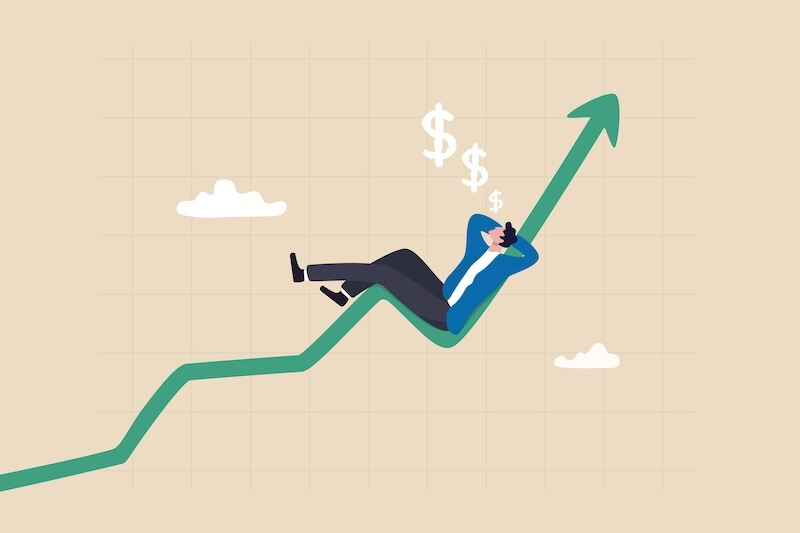European stocks fell on Monday, while US government bonds came under pressure, as traders weighed weak economic data and the prospect of imminent interest rate rises.
The regional Stoxx Europe 600 slid as much as 3 per cent before trimming its losses to trade 1.2 per cent lower.
The declines came after a closely watched survey showed activity in China’s manufacturing sector slowed last month at the most severe pace since February 2020 as coronavirus lockdowns dealt a blow to the country’s economy.
China’s official purchasing managers’ index registered 47.4 last month, from 49.5 in March, according to data released at the weekend. Any figure below 50 signals a contraction.
The Caixin China General Manufacturing report, a private survey, also pointed to a more rapid slowdown in the country’s sprawling factory industry. “A further tightening of Covid-19 restrictions in China led to notably quicker falls in both output and new business at the start of the second quarter,” the report said.
Meanwhile, the S&P Global eurozone factory PMI gauge fell to a 15-month low in April as the rate of growth in production nearly stalled.
“Companies not only reported that ongoing problems with component shortages were aggravated by the Ukraine war and new lockdowns in China, but that rising prices and growing uncertainty about the economic outlook were also hitting demand,” said Chris Williamson, chief business economist at S&P Global.
In a sign of the global economic worries, Brent crude, the international oil benchmark, slipped 3 per cent lower to $103.98 a barrel.
On Wall Street, the benchmark S&P 500 struggled for direction after the opening bell, as did the technology-heavy Nasdaq Composite. That choppy trading followed declines of 3.6 per cent and 4.2 per cent respectively for the two share indices in the previous session.
The Nasdaq’s fall for April as a whole came to 13.3 per cent, marking its worst monthly drop since the depths of the global financial crisis in 2008. It was the worst month for the benchmark S&P since the market ructions of early 2020.
The Nasdaq sell-off in recent weeks has come against a backdrop of traders ramping up their bets on the US Federal Reserve tightening monetary policy to curb surging inflation, which hit 8.5 per cent on an annual basis in March — its fastest clip in 40 years. In advance of the Fed’s much-anticipated policy meeting on Wednesday, markets are pricing in an extra-large interest rate rise of half a percentage point, followed by increases of the same size at the next two meetings. The current key interest rate range stands at 0.25 to 0.5 per cent.
Higher interest rates can damp the appeal of more speculative companies, whose expected profit streams have been flattered during the pandemic by low borrowing costs.
The prospect of tighter monetary policy has also prompted investors to offload government bonds. The yield on the 10-year US Treasury note — seen as a proxy for borrowing costs worldwide — added 0.08 percentage points on Monday to 2.97 per cent. Bond yields rise as their prices fall.
The dollar index, which measures the greenback against a basket of six other currencies, rose 0.5 per cent — having last week surged to its highest point in two decades.
Credit: Source link














